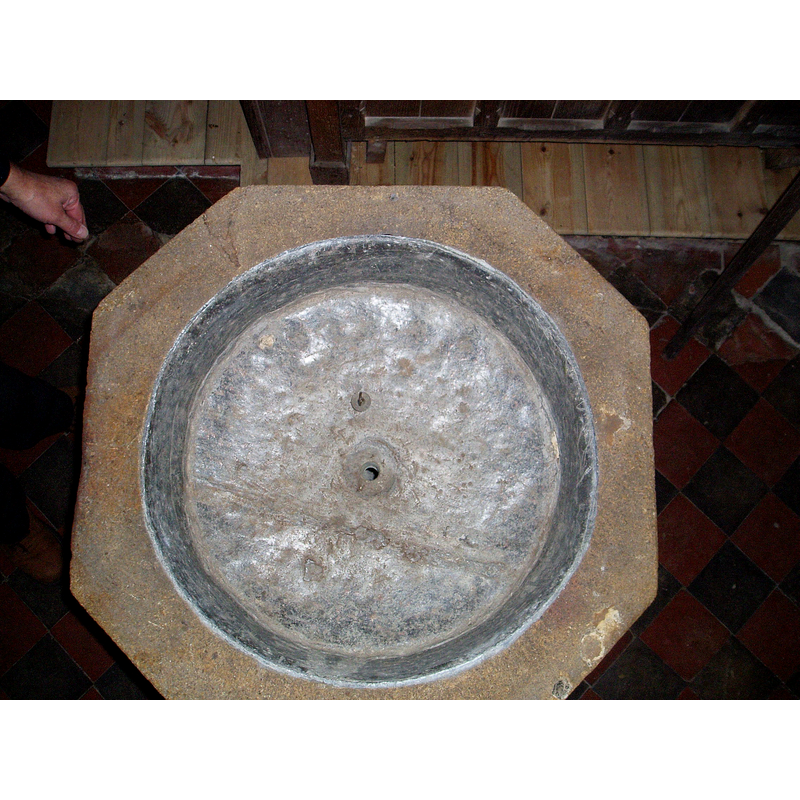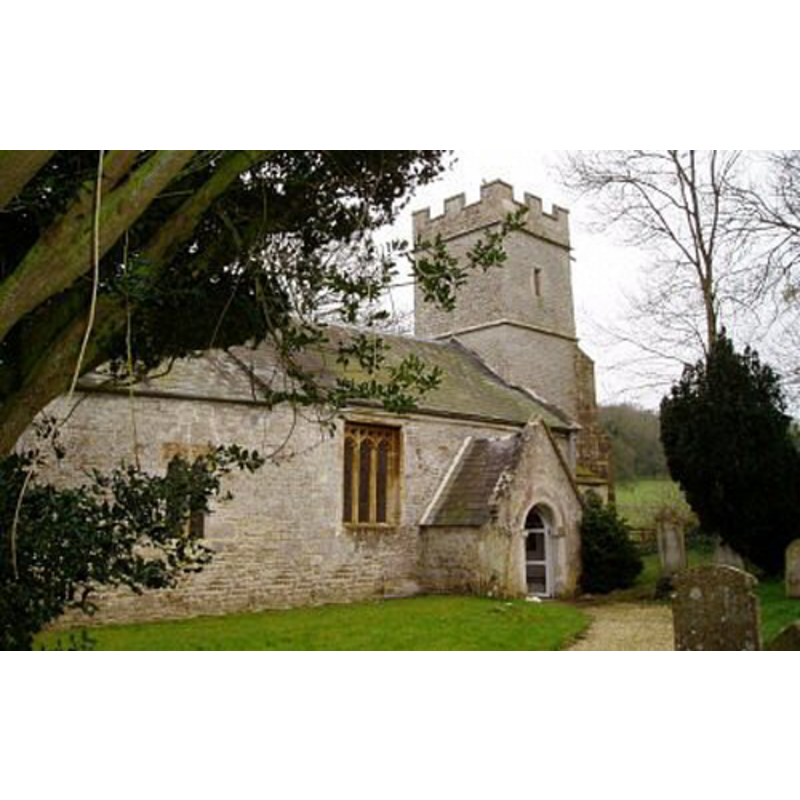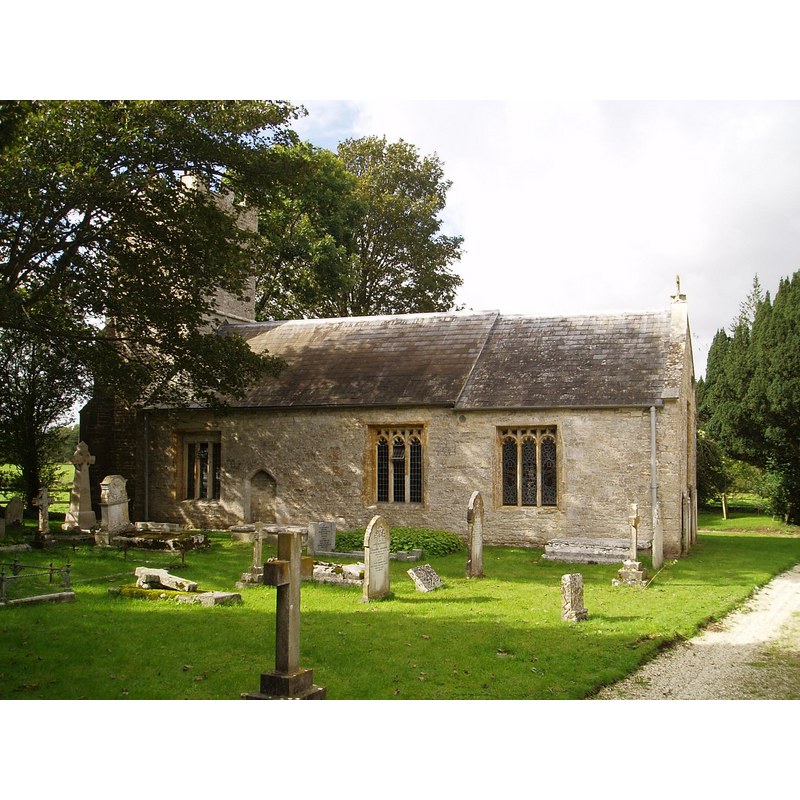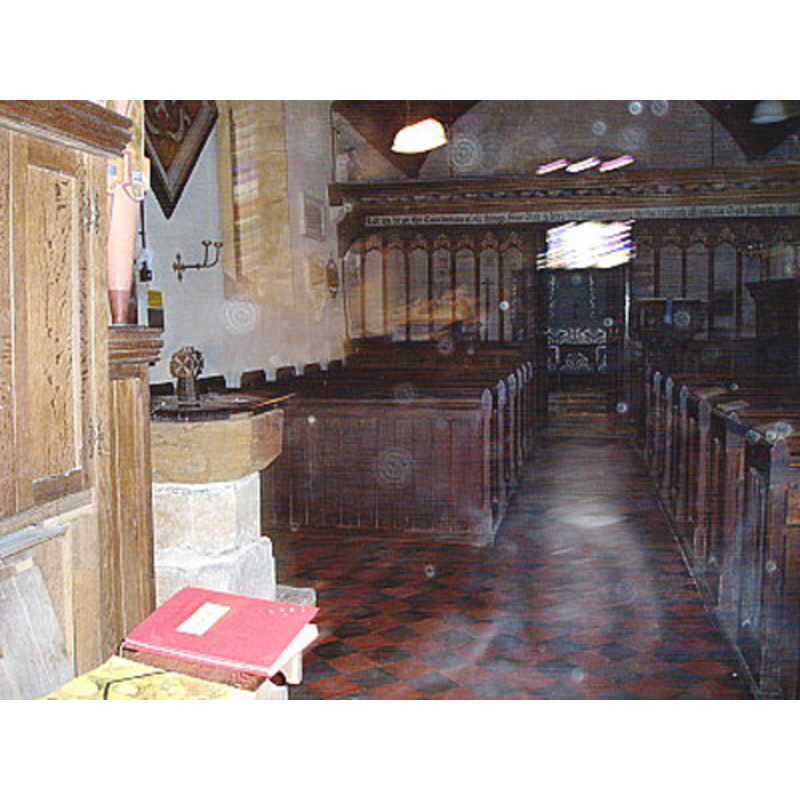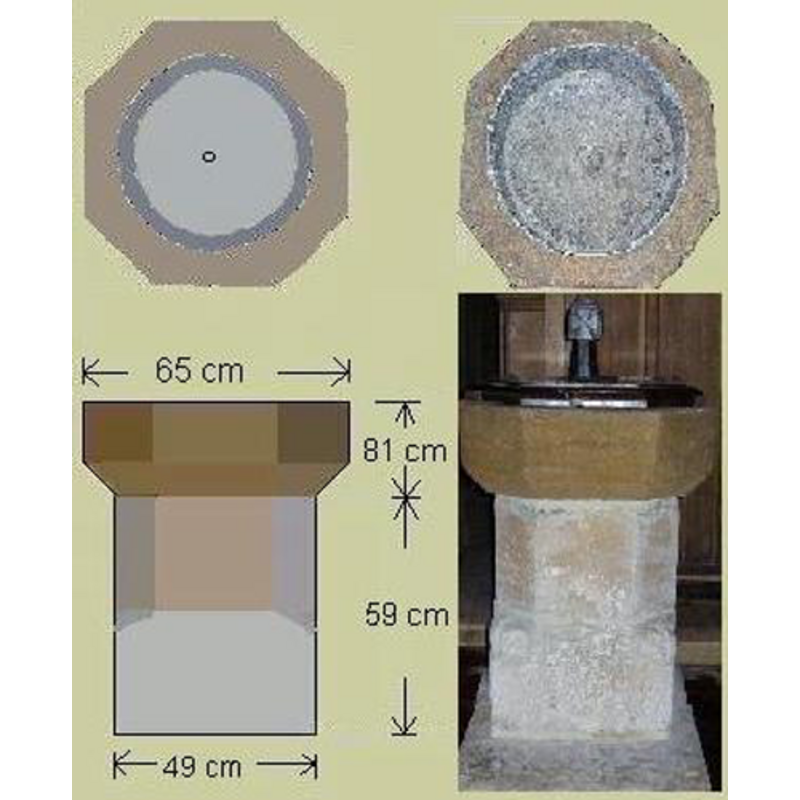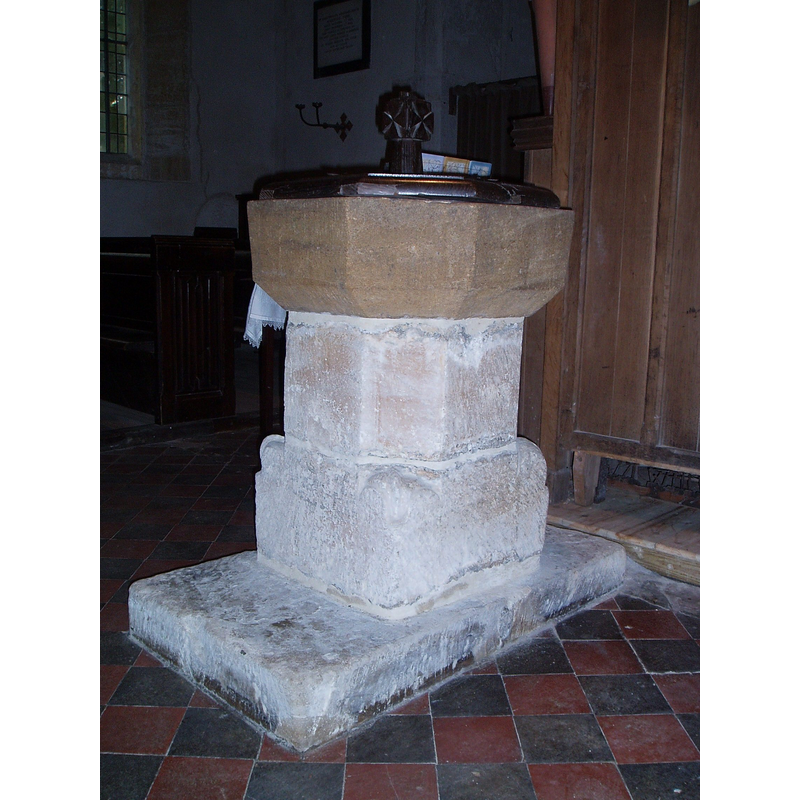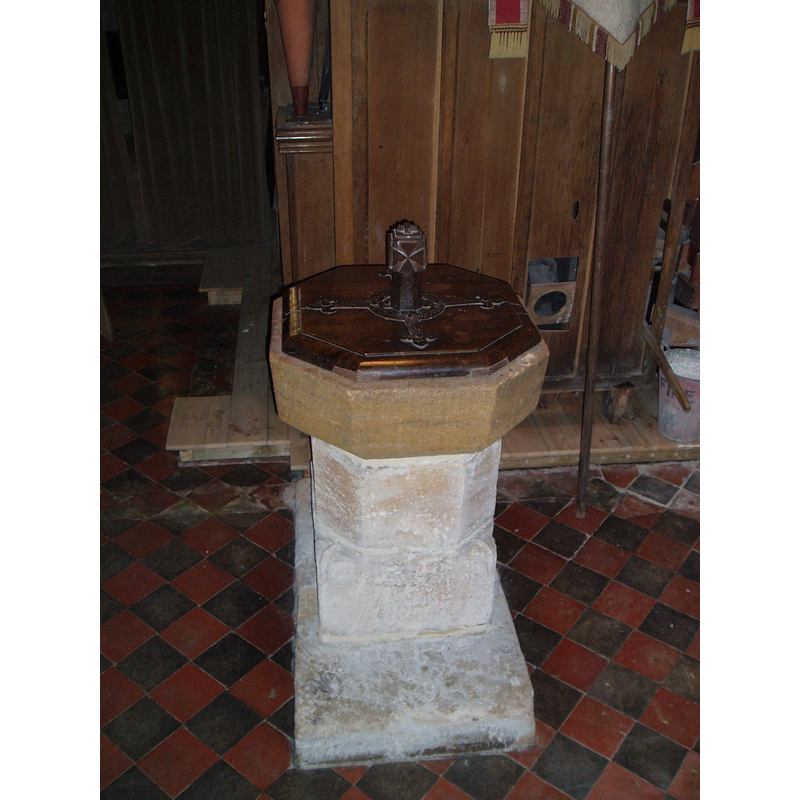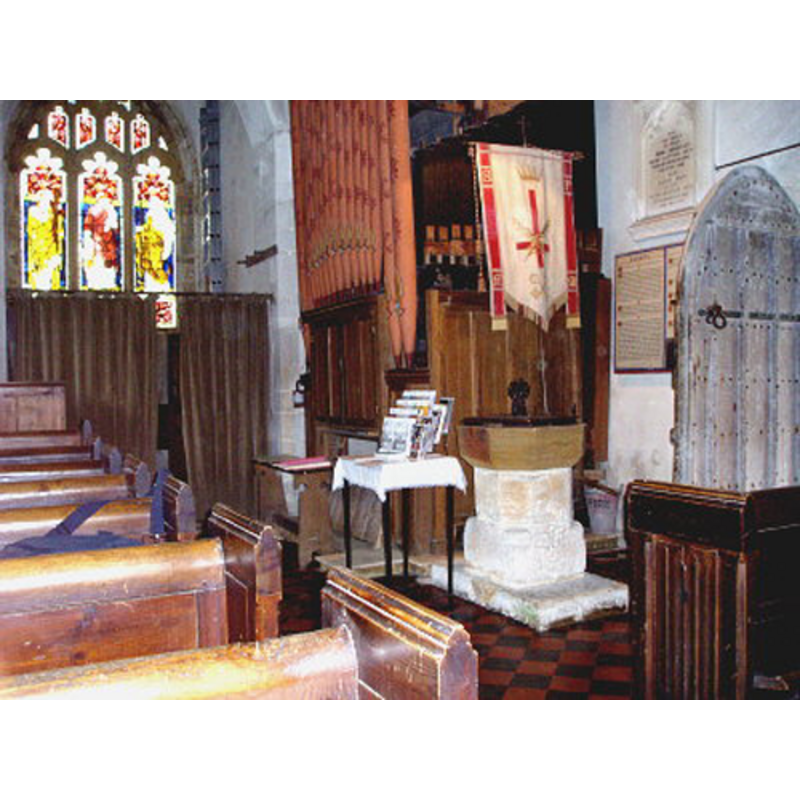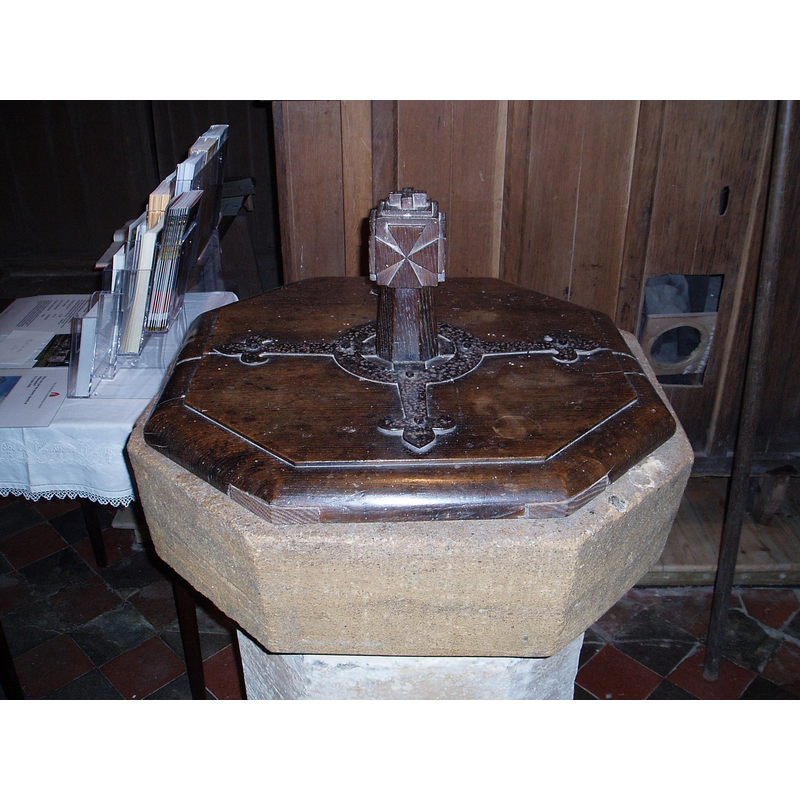Winterborne Came
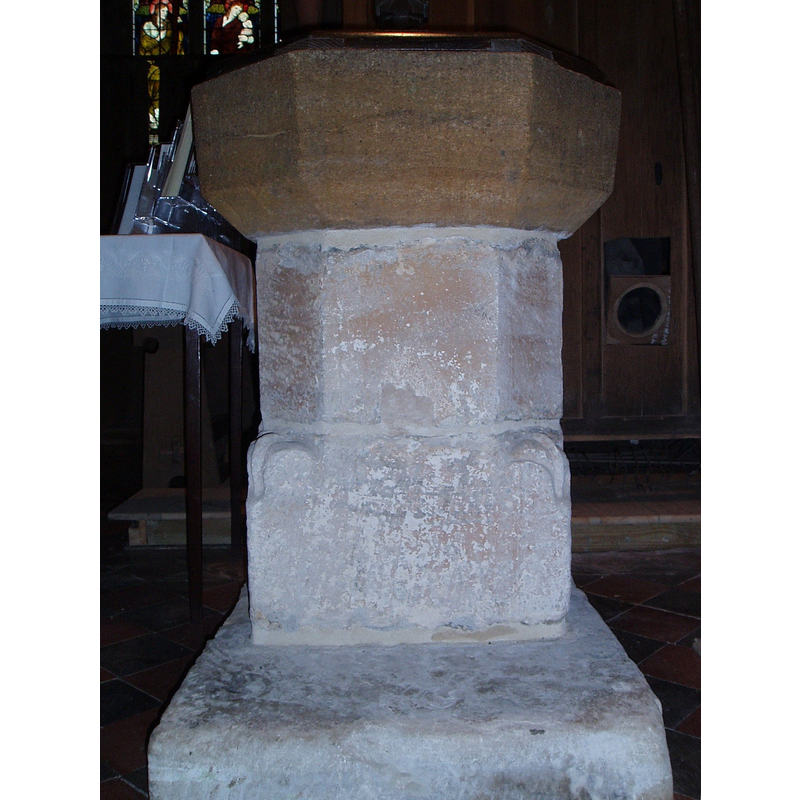
Image copyright © James Purkiss, 2004
Image and permission received (e-mail of 19 September 2004)
Results: 10 records
view of basin - interior
view of church exterior - northeast view
view of church exterior - south view
view of church interior
view of font
view of font - plan, elevation, section and sketch
view of font and cover
view of font and cover
view of font and cover in context
INFORMATION
FontID: 06687WIN
Object Type: Baptismal Font1
Church/Chapel: Parish Church of St. Peter
Church Patron Saints: St. Peter
Country Name: England
Location: Dorset, South West
Directions to Site: Located just S of Dorchester
Font Location in Church: Inside the church, in the W end, N side
Century and Period: 15th century [basin only] -- 13th century [base] [composite font?], Late Medieval
Credit and Acknowledgements: We are grateful to Geral Duke and to James Purkiss for the photographs of this font]
Font Notes:
Click to view
Noted in Barnes (1891): "Font, base and pedestal, 13th century; basin, 15th century
Listed in Cox & Harvey (1907) as a baptismal font of the Perpendicular period. Noted in Long (1923) as a "good specimen" of the octagonal font of the Perpendicular period. In Mee (1939) simply as "ancient". In the RCHM (170). The local guide 'St Peter's Church, Winterborne Came, Dorset', by Dr. Joseph Bettey [rev. ed., 1997] informs that the baptismal font is of the late medieval period, the basin made of Ham Hill stone from Somerset, 20 miles to the north, and the base of Portland stone, ten miles to the south. Described and illustrated in Geral Duke's Dorset font web site [www.martinstown.co.uk]. The local guide notwithstanding, the font appears to be a composite object of, perhaps, three different pieces: the octagonal basin of plain and slightly tapering sides is raised on a plain octagonal stem, itself standing on a square block with rounded motifs at the upper angles; all of it is raised on a rectangular plinth. The lower base and plinth appear to be of an earlier font, perhaps 13th or 14th century and obviously meant to support a more substantial basin; the stem is rather incongruous and seems to fit neither. It is either an ill-thought design, or a composite font made up of left-overs. The modern font cover is octagonal and made of oak with heavy metal decorations. [We are grateful to Geral Duke and to James Purkiss for the photographs of this font]
MEDIUM AND MEASUREMENTS
Material: stone, Ham Hill stone [basin] -- Portland stone [base]
Number of Pieces: three?
Font Shape: octagonal (mounted)
Basin Interior Shape: round
Basin Exterior Shape: octagonal
Drainage Notes: lead lining
Rim Thickness: 8.5 cm*
Diameter (inside rim): 48 cm*
Diameter (includes rim): 65 cm*
Basin Depth: 12 cm*
Basin Total Height: 22 cm*
Height of Base: 59 cm*
Font Height (less Plinth): 81 cm*
Notes on Measurements: * [all measurements supplied by Gerald Duke [www.martinstown.co.uk]]
LID INFORMATION
Date: modern
Material: wood, oak
Apparatus: no
Notes: [cf. FontNotes]
REFERENCES
Barnes, W. Miles, "A brief historical & descriptive sketch of the churches in the rural deanery of Dorchester (Dorchester portion)", XII, Proceedings of the Dorset Natural History and Archaeological Society, 1891, pp. [36]-70; p. 50
Cox, John Charles, English Church Furniture, New York: E.P. Dutton & Co., 1907
Great Britain. Royal Commission on Historical Monuments, Royal Commission on Historical Monuments in the County of Dorset, London: H.M. Stationary Office, 1970
Long, E.T., "Dorset church fonts", 44, Proceedings of the Dorset Natural History and Antiquarian Field Club, 1923, pp. 62-76; p. 71
Mee, Arthur, The King's England. Dorset: Thomas Hardy's Country, London: Hodder & Stoughton, 1939
